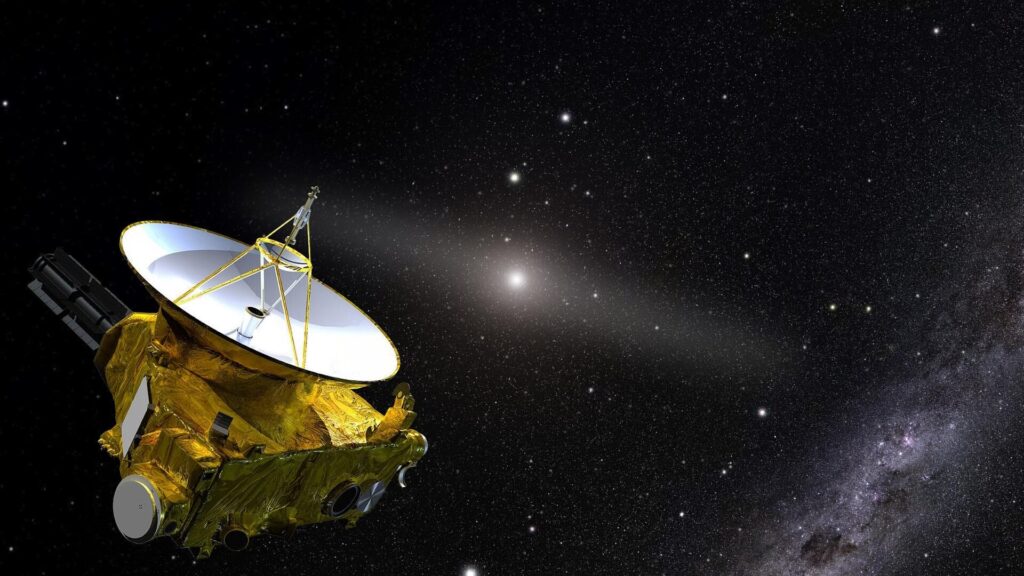Data from the New Horizons spacecraft indicate that the Kuiper Belt boundary may extend much further than previously thought. This conclusion was reached by scientists whose research results were published in the Astrophysical Journal Letters.
What is the Kuiper Belt?
The Kuiper Belt is sometimes referred to as the third region of the Solar System (the first is the region of orbits of rocky planets, the second is the realm of gas and ice giants). This is a vast area beyond the orbit of Neptune, inhabited by hundreds of thousands of bodies — building blocks left over from the time of the formation of the Sun.

Unlike the asteroid belt, Kuiper belt objects are mostly composed of volatile substances such as methane, ammonia and water. The second important difference is the size. The Kuiper belt is about 20 times wider and 20-200 times more massive than the asteroid belt. Its largest object is the dwarf planet Pluto.
Kuiper Belt Boundary
Until recently, it was believed that the boundaries of the Kuiper belt lay in the range of 30-55 AU from the Sun. But the data collected by the New Horizons probe indicates that it may be much further away than previously thought.

According to existing models, as we approach the boundary of the belt, the concentration of dust particles formed as a result of the collision of icy bodies should decrease. However, when New Horizons was at a distance of 45 to 55 AU from the Sun, its instruments did not detect a decrease in the amount of dust. This indicates that the outer edge of the main Kuiper belt may extend billions of kilometers further than expected. According to some estimates, in fact, its boundary runs at a distance of 80 AU from the Sun. It is even possible that a second, still unknown belt of icy objects may exist outside of it.
However, scientists consider other possible causes of high dust levels. Among them are radiation pressure and other factors pushing it beyond 50 AU from the Sun. In addition, New Horizons could encounter shorter-lived ice particles that cannot reach the inner parts of the Solar System and have not yet been taken into account in the models.
At the moment, New Horizons is located at a distance of 58 AU from the Sun. It is expected that the spacecraft will have enough energy to operate until the 2040s, when it will move away to a distance of more than 100 AU from the Sun. According to scientists, at such a distance, New Horizons will even be able to study the area where interstellar particles begin to dominate in the dusty environment.
According to https://www.nasa.gov
Follow us on Twitter to get the most interesting space news in time
https://twitter.comne/ust_magazine


